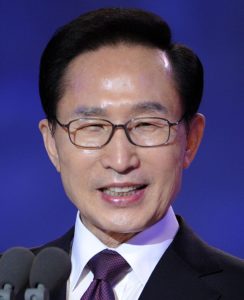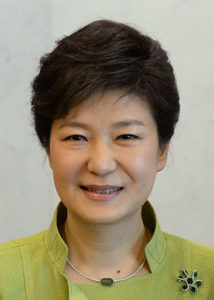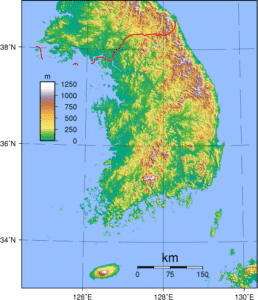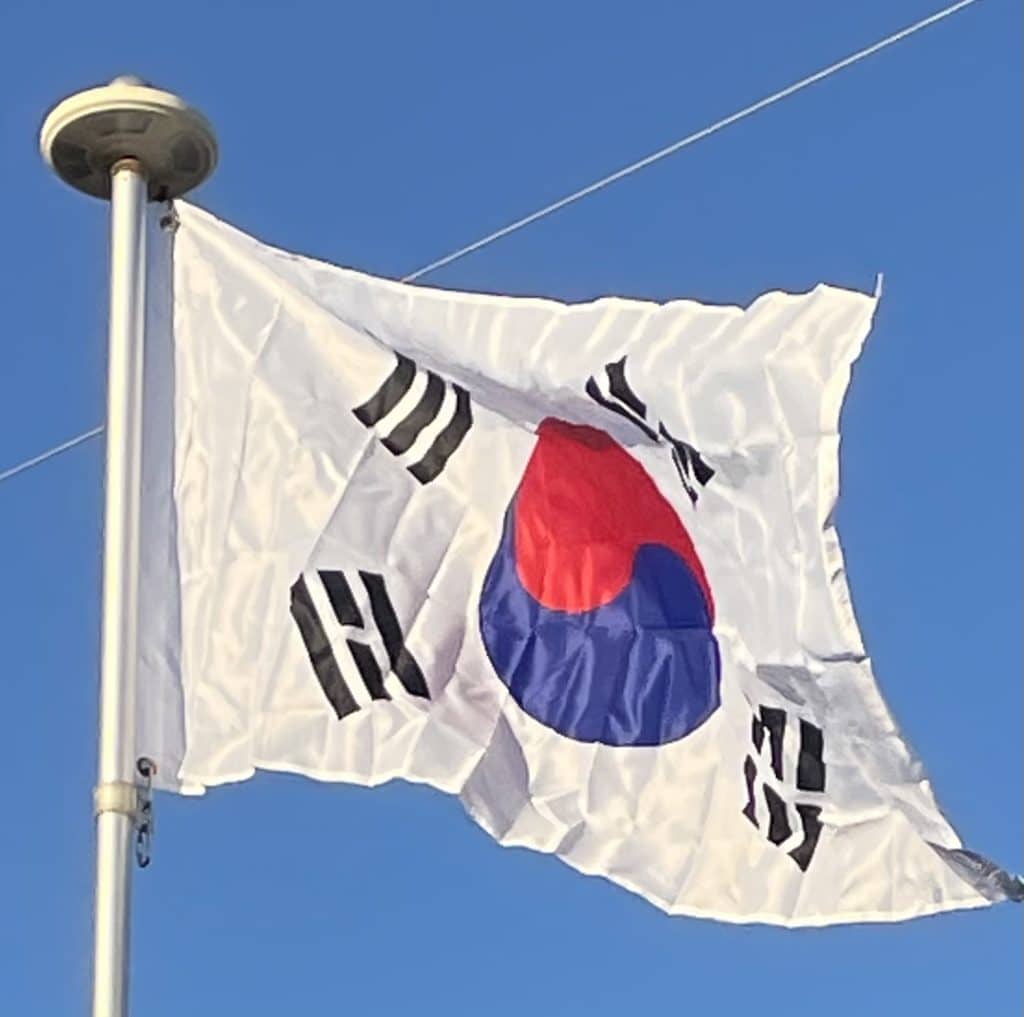
In 2010, there was an escalation in attacks by North Korea. In March 2010 the South Korean warship ROKS Cheonan was sunk with the loss of 46 South Korean sailors, allegedly by a North Korean submarine. In November 2010 Yeonpyeong island was attacked by a significant North Korean artillery barrage, with 4 people losing their lives. The lack of a strong response to these attacks from both South Korea and the international community (the official UN report declined to explicitly name North Korea as the perpetrator for the Cheonan sinking) caused significant anger with the South Korean public. South Korea saw another milestone in 2012 with the first ever female president Park Geun-hye elected and assuming office.

Daughter of another former president, Park Chung-hee, she carried on a conservative brand of politics. President Park Geun-hye’s administration was formally accused of corruption, bribery, and influence-peddling for the involvement of close friend Choi Soon-sil in state affairs. There followed a series of massive public demonstrations from November 2016 and she was removed from office. After the fallout of President Park’s impeachment and dismissal, new elections were held and Moon Jae-in of the Democratic party won the presidency, assuming office on 10 May 2017. His tenure so far has seen an improving political relationship with North Korea, some increasing divergence in the military alliance with the United States, and the successful hosting of the Winter Olympics in Pyeongchang.
Geography:
South Korea occupies the southern portion of the Korean Peninsula, which extends some 1,100 km (680 mi) from the Asian mainland. This mountainous peninsula is flanked by the Yellow Sea to the west, and the Sea of Japan to the east. Its southern tip lies on the Korea Strait and the East China Sea. Its total area is 100,032 square kilometers (38,622.57 sq mi).
South Korea can be divided into four general regions: an eastern region of high mountain ranges and narrow coastal plains; a western region of broad coastal plains, river basins, and rolling hills; a southwestern region of mountains and valleys; and a southeastern region dominated by the broad basin of the Nakdong River.

South Korea’s terrain is mostly mountainous, most of which is not arable. Lowlands, located primarily in the west and southeast, make up only 30% of the total land area.
About three thousand islands, mostly small and uninhabited, lie off the western and southern coasts of South Korea. Jeju-do is about 100 kilometers (62 miles) off the southern coast of South Korea. It is the country’s largest island, with an area of 1,845 square kilometers (712 square miles). Jeju is also the site of South Korea’s highest point: Hallasan, an extinct volcano, reaches 1,950 meters (6,400 feet) above sea level. The easternmost islands of South Korea include Ulleungdo and Liancourt Rocks (Dokdo/Takeshima), while Marado and Socotra Rock are the southernmost islands of South Korea.
South Korea has 20 national parks and popular nature places like the Boseong Tea Fields, Suncheon Bay Ecological Park, and the first national park of Jirisan.
Economy:
South Korea’s mixed economy ranks 11th nominal and 13th purchasing power parity GDP in the world, identifying it as one of the G-20 major economies. It is a developed country with a high-income economy and is the most industrialized member country of the OECD. South Korean brands such as LG Electronics and Samsung are internationally famous and garnered South Korea’s reputation for its quality electronics and other manufactured goods.
